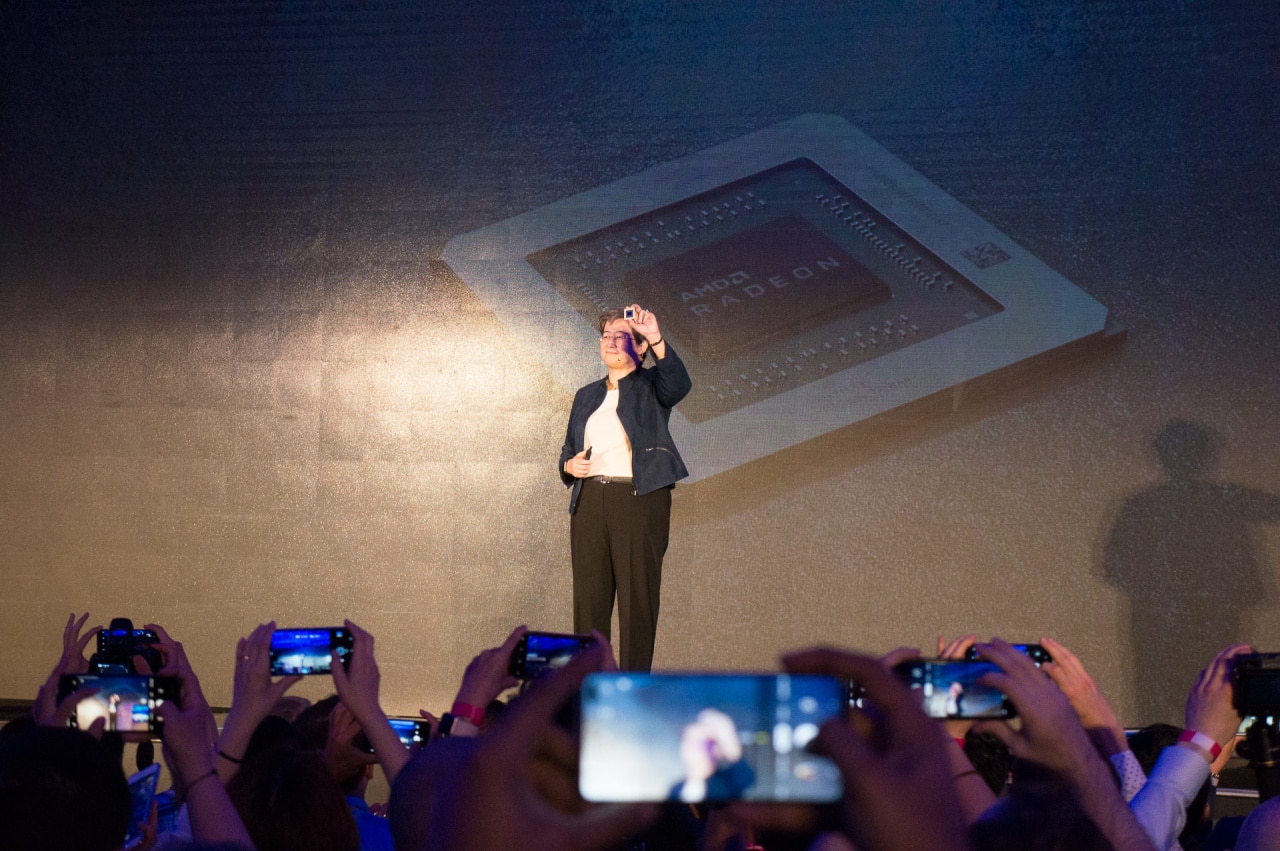When AMD unveiled its upcoming Radeon RX 5000 series, they announced something unexpected that it is based on a completely new architecture – Radeon DNA (RDNA). This went against previous data and not least code in the open drivers for Linux, where it was explicitly talked about over seven years old Graphics Core Next (GCN).
First and foremost, the new architecture is manufactured at 7 nanometers, which provides higher transistor density, energy efficiency and clock frequencies. Architecturally, RDNA is completely optimized for gaming, unlike GCN where AMD has put resources into making it suitable for both gaming and general calculations.
The big news with RDNA is a new compute unit optimized for specific game loads and a new cache hierarchy on several levels, for lower internal latencies, power consumption and higher bandwidth. In addition to the manufacturing technology itself, the architecture itself is optimized for higher frequencies. In addition, RDNA will first provide support for PCI Express 4.0 in the consumer market.
It now appears that AMD’s statement about a completely new architecture is a truth with modification, at least for the first generation with RDNA. According to SweClockers, many parts of the Navi graphics family are taken from GCN, while others, as the news AMD explicitly highlights, are RDNA. This is also consistent with speculation that has flourished since AMD’s announcement of RDNA.
There are several reasons why AMD chose to do this. Among other things, it is stated that aging GCN is well optimized in today’s game titles and game engines, something that is lost if AMD starts again from scratch with RDNA. The first generation is therefore a way to prepare the market for a future iteration of RDNA, which is described as a “pure” variant of RDNA.
More specifically, it is only with the large circle of Navi, rumor best known as Navi 20, that the pure variant of RDNA is brought to market. This is not expected to be released until the beginning of 2020 and it is also only then that AMD will make a new attempt to fight Nvidia in the top performance segment.
What makes this remarkable is that AMD has clearly stated that RDNA is a fundamentally new architecture. To underline this, AMD clarified by drawing a parallel with Zen, where they left the predecessor Bulldozer behind and started anew. Similarly, AMD said it was “time” to move from GCN to RDNA in the gaming market.
► Read everything from #computex-2019
At the same time, it is difficult to categorically say that one architecture is new while another is not. Updating existing architectures or at least retaining large parts is commonplace and doing something new from scratch is much more rare. It may well be that AMD has made sufficiently radical changes to GCN to justify a name change.
Interesting in this context is that AMD previously talked about a launch of something called “Next-Gen” in 2020. First out, however, is the Radeon RX 5000 series which takes up the fight against Nvidia Geforce RTX 2070 and will be released sometime in July, after which partner-made variants launched in August.
















